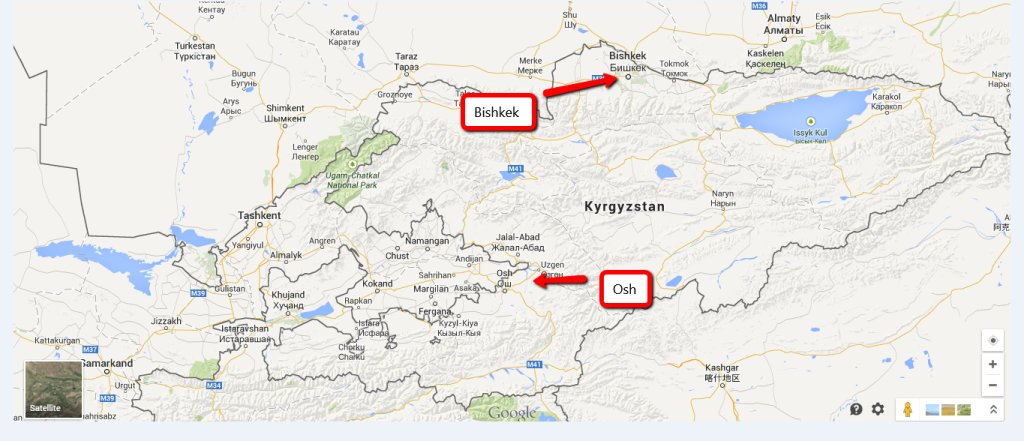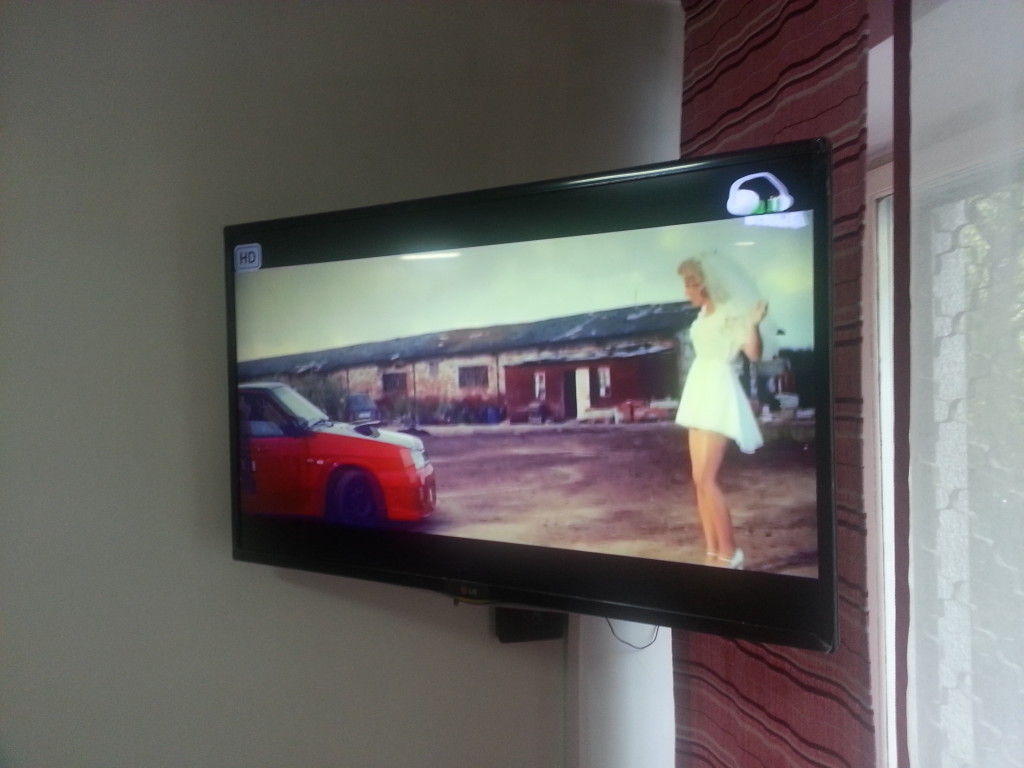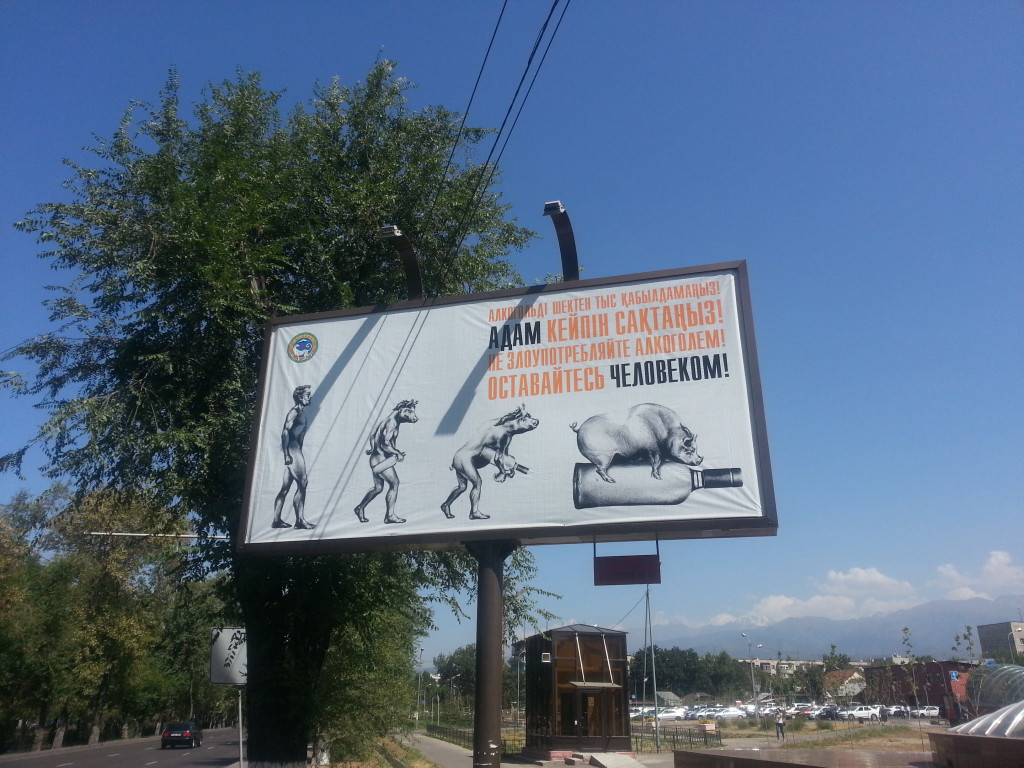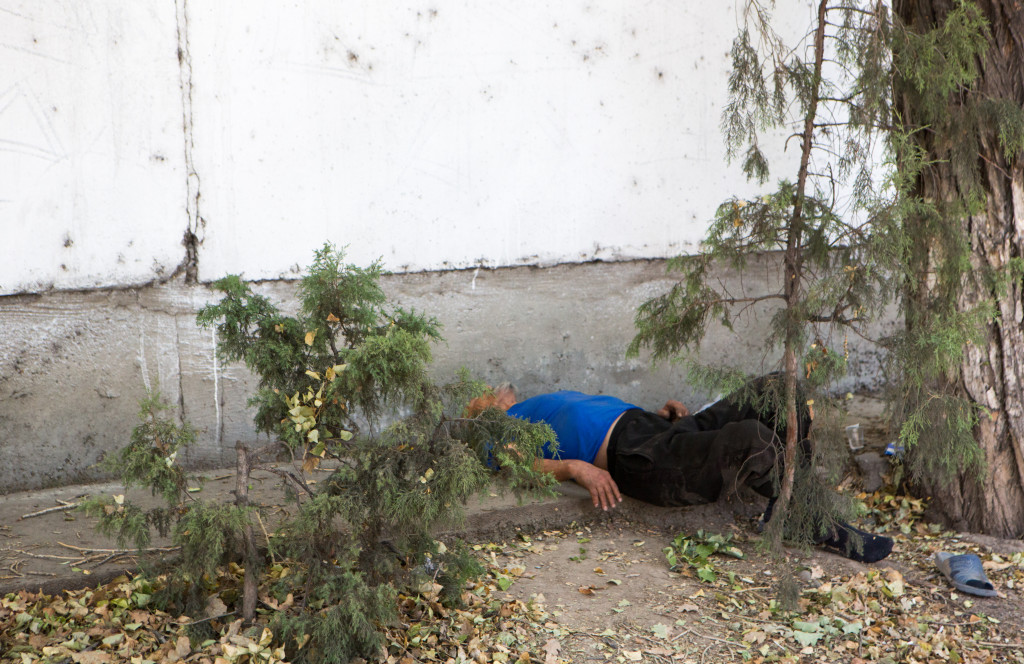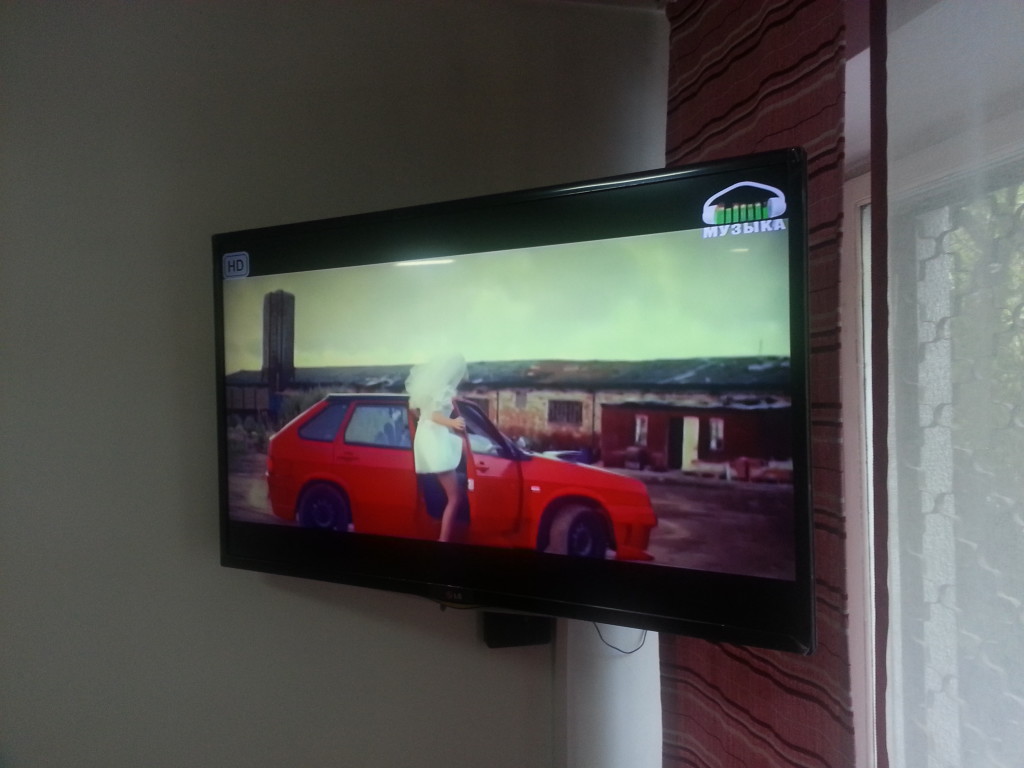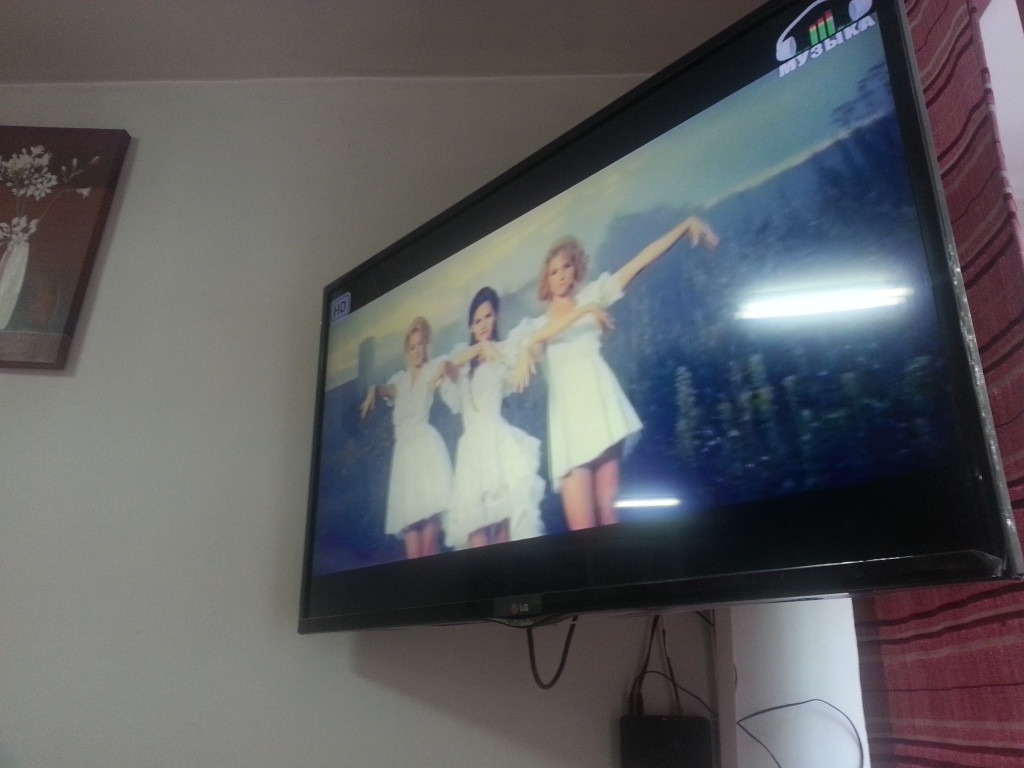The difference between Bishkek and Osh are a study in the divide that bifurcates Kyrgyzstan. Osh is old, poor, Kyrgyz and pockmarked by its own history. Bishkek is young, wealthier and thoroughly Russian.
We had been sweating in the ancient city, climbing up Sulayman Mountain. Osh is located in the hot, fertile Fergana valley, a millennium’s old agricultural center. Bishkek is a few degrees north, built in the foothills of the Tianshan Mountains, rarely broke through to the eighties.
Unlike Osh, with its approximately three thousand years of history, Bishkek is young. Bishkek was founded only during the American Civil War, and it shows in the city’s buildings. Though some of the houses in Bishkek have been preserved from the 1920’s, there is nothing really older than that.
The city was founded as a Russian colony. Before 1991, the city’s population was eighty percent Russian-speaking. That number has shrunk to twenty percent since the Soviet Union’s collapse, but the outlines of the city’s Russianness are still in plain view everywhere we looked. The city is dappled with the names of Russian and Soviet figures, Tolstoy Street, Pushkin Street, Frunze Street. They even have a main road still referred to as Soviet Street. While I ate our free breakfast at the hotel our first morning in Bishkek, the television glowed with a Russian music videos of blond Slavic beauties dancing in wedding dresses on tractors and jalopies.
Bishkek’s Russian nature also makes it richer, at least richer than Osh. Most of the former Soviet Unions are still driven by the economics of Moscow, so those with better connections to Moscow have more access to capital.
Bishkek’s Russian nature also means that many of the problems in Russia are reproduced in Bishkek. When we arrived in Bishkek, after our twelve hour ride from Osh, it was ten at night and the hotel we had wanted to go to was closed. The woman at the front desk at the hotel we did find, looked at us icily and showed no willingness to help us out. Even though their English was worse, the people of Osh were kinder, readier to lend a hand. On the other hand, Bishkek had a frosty Russian character.
Bishkek’s Russian nature also means that Russian blights such as alcoholism were more clearly problems here than in Osh. A street corner near the place we stayed had, in a long line of trees just past the sidewalk, a man in a blue shirt and black pants, his face bloated, his hands drooping lazily, one flipflop on, one flipflop off. He was drunk, dead drunk. We walked past that corner many times over our next two days in the city, and usually, he was still there, lying drunk or drinking with a friend. Once, I saw a woman come by, yelling at him and stabbing at his crotch with her cane; I suppose it was a wife or family member encouraging him to get back on the wagon. It was not effective.
Osh is a city with a strong Islamic tradition, and we saw no hint of alcoholism there, though alcohol was widely available. Bishkek, being more Russian than Kyrgyz, has the blight more deeply rooted in its genes.
As for sites, Bishkek had little to offer. The national capital is devoid of much that is interesting to see, other than how deep the contrast is between Bishkek and Osh, North and South, Russia and Central Asia. We wasted away in Bishkek for a few days before heading up into the mountains for one final trek.
